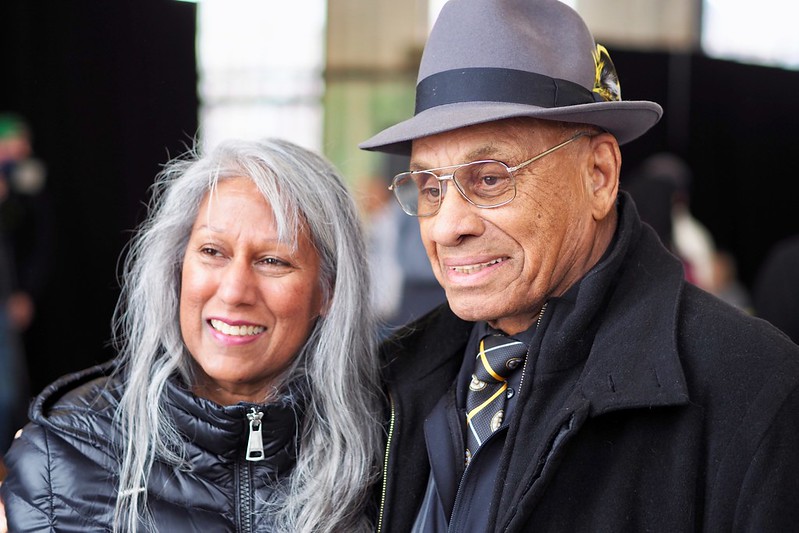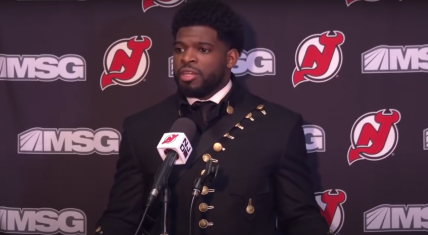Willie O’Ree shattered hockey’s color barrier
NHL honors league’s first Black player, and the Boston Bruins retire his jersey
Willie O’Ree broke the barrier as the first Black hockey player in the National Hockey League in 1958, and he has remained a catalyst for change as a diversity ambassador during his retirement.
A member of Boston’s team, O’Ree paved the way for many young Black men as he played his first game against the Montreal, Canada, team.
Although O’Ree is blind in his right eye, he was with the Boston Bruins for two seasons, playing a total of 45 games. Including his tenure with the Bruins, O’Ree played for nearly 20 years in the minor leagues and was inducted into the Hockey Hall of Fame in 2018.

Earlier this year, O’Ree received the Congressional Gold Medal. A few weeks earlier, at a Bruins game, the team retired his jersey, number 22. O’Ree participated in the jersey retirement ceremony virtually due to pandemic concerns, but he sent a warm message to all that attended the game that night.
“To the Bruins fans, I am honored to have had the pleasure of playing before you,” he said. “Thank you for your tremendous love and support. This is an unforgettable day. I am overwhelmed and thrilled to be a part of the Bruins forever. Thank you.”
That same night, other NHL players sent heartwarming responses to O’Ree.
“Thank you for being a trailblazer in the sport,” said Darnell Nurse from the Edmonton Oilers. “You’re someone, when I was growing up, aspired to be like you, to play in the NHL.”
Today O’Ree serves as the NHL’s diversity ambassador and is continuing the work he started 64 years ago. He has had a hand in establishing 39 hockey programs across the country to inspire and support more than 130,000 children in playing the sport.
O’Ree’s life-size statue stands tall in the Smithsonian National Museum of African American History and Culture. His likeness and his life represent achievement in the presence of adversity.


